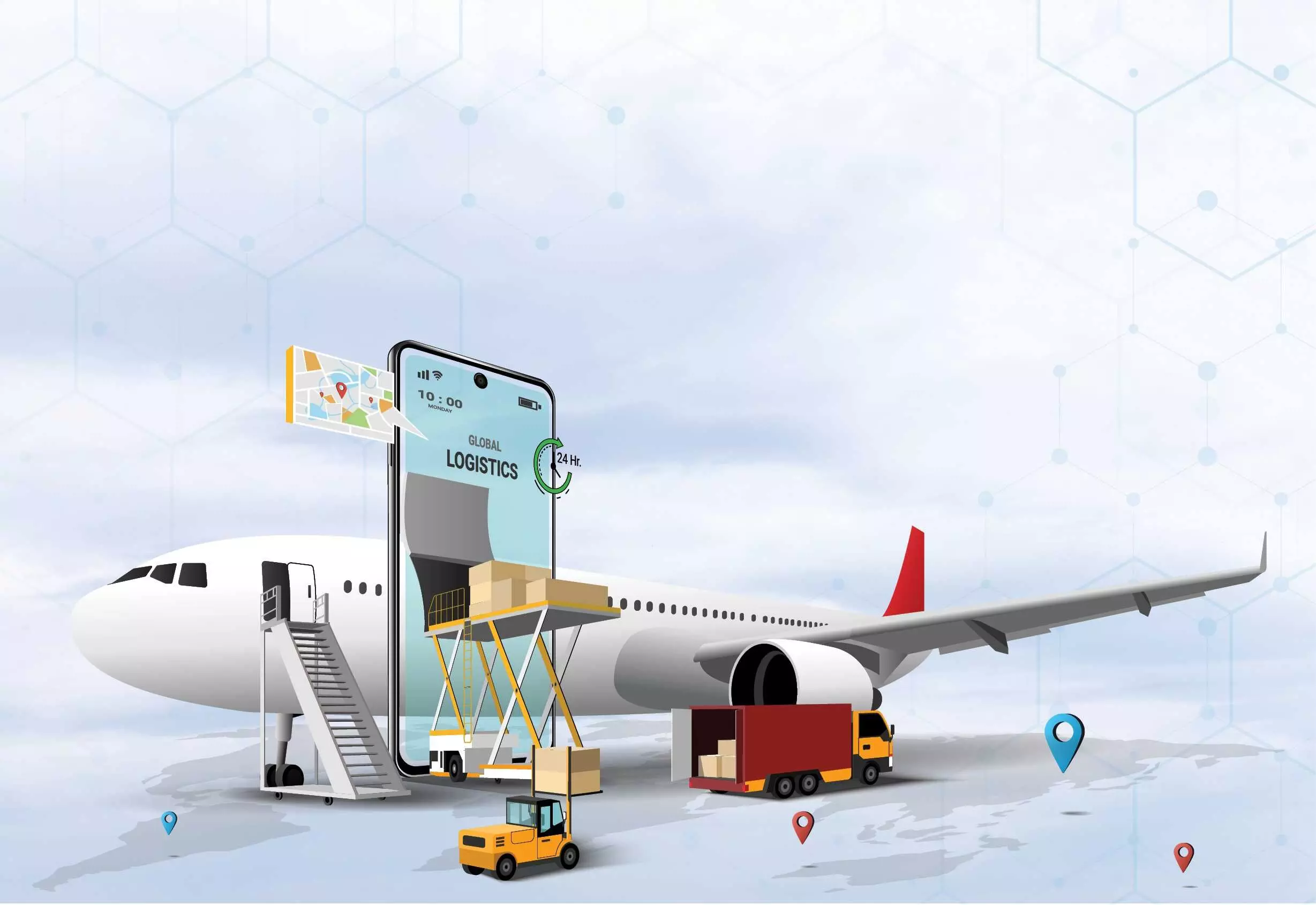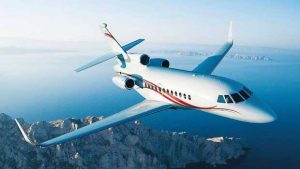
In the world of aviation, accurate distance measurement is crucial for safe and efficient operations. Aircraft rely on various technologies and systems to determine their position and calculate distances. In this blog post, we will delve into the advanced technologies used by planes for distance measurement, providing a comprehensive understanding of the subject.
- Global Positioning System (GPS):
The Global Positioning System, commonly known as GPS, is a satellite-based navigation system that plays a vital role in distance measurement for aircraft. GPS receivers on planes receive signals from multiple satellites, allowing them to triangulate their position accurately. By comparing the time it takes for signals to reach the receiver, the distance between the aircraft and the satellites can be calculated with remarkable precision. - Inertial Navigation Systems (INS):
Inertial Navigation Systems utilize accelerometers and gyroscopes to measure the aircraft's acceleration and rotation rates. By integrating these measurements over time, the system can determine the aircraft's velocity and position. INS provides continuous distance measurement, even in areas where GPS signals may be obstructed, such as during takeoff and landing in urban environments or near tall structures. - Distance Measuring Equipment (DME):
DME is a radio navigation technology widely used in aviation for distance measurement. It operates by sending and receiving radio signals between the aircraft and ground-based transponders. By measuring the time it takes for the signals to travel, DME calculates the distance between the aircraft and the ground station. DME is commonly used for approach and landing procedures, providing pilots with accurate distance information during critical phases of flight. - Radar Altimeter:
Radar altimeters are essential instruments for measuring the distance between an aircraft and the ground during low-altitude flight. They work by emitting radio waves towards the ground and measuring the time it takes for the waves to bounce back. This information allows pilots to determine their height above the terrain accurately. Radar altimeters are particularly crucial during approaches and landings, ensuring safe clearance from obstacles and terrain.
Conclusion:
Accurate distance measurement is a fundamental aspect of aviation, enabling pilots and air traffic controllers to make informed decisions and ensure the safety of flights. Through the use of advanced technologies such as GPS, INS, DME, and radar altimeters, aircraft can precisely determine their position and distances traveled. These technologies work in harmony, providing redundancy and enhancing the overall reliability of distance measurement systems in aviation.


